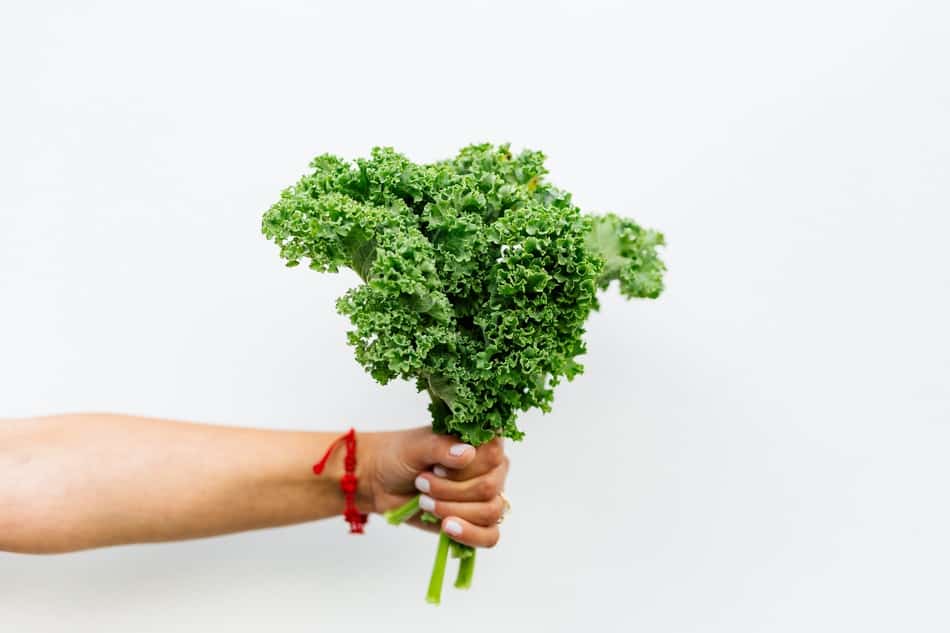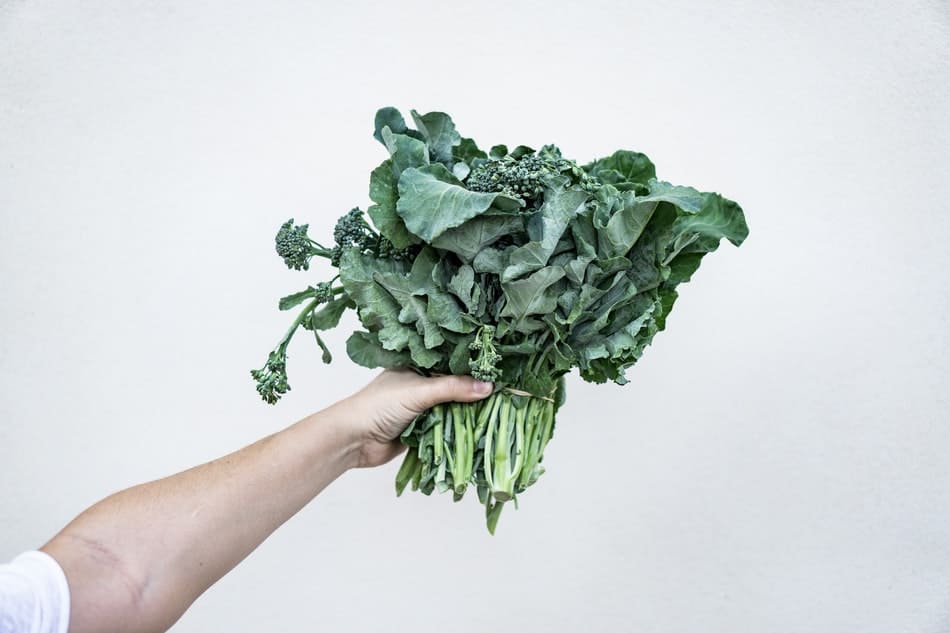If you love cilantro, you’ll love growing cilantro microgreens! You can learn how to grow cilantro microgreens easily. These tiny greens are packed with flavor and nutrition, and they’re easy to grow at home. As you read, I will show you the procedure for growing cilantro microgreens in your kitchen.
To grow cilantro microgreens, you’ll need some cilantro seeds, a pot or tray filled with soil or growing medium, and some water. Once you have your materials ready, simply sow the seeds thinly on top of the soil and water them well.
How Long Do Cilantro Microgreens Take To Grow?
Cilantro microgreens can be harvested as early as two weeks after planting, but will typically be ready to harvest between three and four weeks. If you are growing cilantro for its leaves, you will want to harvest it before the plant flowers. Once the plant begins to flower, the leaves will become bitter. If you are growing cilantro for its seeds (also known as coriander), you will want to let the plant flower and go to seed. The seeds can then be harvested and used in cooking.
How often you need to water your cilantro microgreens will depend on a few factors, including the type of soil you are using and the climate where you live. In general, though, you should water your cilantro microgreens every day or every other day. Be sure to check the soil before watering, as you don’t want to overwater your plants.
Cilantro microgreens are a great way to add flavor and nutrition to your diet. They are easy to grow and can be harvested in just a few weeks.

How To Grow Cilantro Microgreens
If you’re looking for a way to add some flavor to your dishes, cilantro microgreens are a great option. They have a bright, fresh flavor that can liven up any dish. Plus, they’re packed with nutrients and antioxidants. Growing cilantro microgreens is easy and only takes a few days. Here’s how to do it:
To grow cilantro microgreens, you’ll need:
-Cilantro seeds
-A shallow container
-Potting mix or seed starter mix
-Water
-Sunlight or artificial light
Follow these steps
- First, fill your container with potting mix or seed starter mix. Then, sprinkle the cilantro seeds on top of the soil.
- Next, water the seeds and place the container in a sunny spot or under artificial light. Keep the soil moist, and in about a week you’ll have cilantro microgreens.
- Cut them with scissors when they’re about two inches tall. Enjoy your fresh, flavorful microgreens!
- If you want to add some zest to your dishes, look no further than cilantro microgreens. These little greens pack a big flavor punch, and they’re also nutritious.
Growing cilantro microgreens is easy and only takes a few days. So why not give it a try? Your taste buds will thank you.
How Often Should I Water Cilantro Microgreens?
Cilantro microgreens are a bit different than other types of microgreens. They have shallower roots and require more water. I like to water my cilantro microgreens twice a day, in the morning and evening. If it’s particularly hot or dry out, I’ll water them three times a day.
You’ll know your cilantro microgreens need watering when the leaves start to droop. Give them a good drink of water, and they should perk right back up. Be careful not to over-water, though, as that can lead to root rot.
If you’re growing cilantro microgreens indoors, make sure you have a drainage tray underneath the pots to catch any excess water. Water the microgreens until water comes out of the drainage holes, then empty the tray.
Why Are My Cilantro Microgreens Not Coming Up?
There are several reasons why your cilantro microgreens may not be coming up. One reason may be that you’re using old seeds. Cilantro seeds only last for about a year before they start to lose their viability. Another reason may be that you’re not soaking the seeds long enough. Soak cilantro seeds overnight before planting them. Finally, make sure you’re planting the seeds thick enough. Planting them too thinly will result in weak, spindly plants.
When Is The Best Time To Harvest Cilantro Microgreens?
The best time to harvest cilantro microgreens is typically when they are about two weeks old. At this point, the plants will have developed a good root system and will be large enough to harvest. If you wait too long to harvest, the cilantro microgreens will begin to bolt, which means they will produce flowers and seeds. Bolted microgreens are still edible, but they will not be as tender or flavorful as those that are harvested at the proper time.
To determine when your cilantro microgreens are ready to harvest, simply take a look at them. When they are two weeks old, they should be about four inches tall and have a good amount of foliage. If you see any flowers or seeds beginning to form, it is time to harvest the microgreens.
Once you have determined that your cilantro microgreens are ready to harvest, cut them at the base of the stem using a sharp knife or scissors. Be sure to leave about an inch of stem on the plant so that it can regrow. After harvesting, water the plants well and place them in a sunny location. With proper care, your cilantro microgreens will continue to produce new growth for several weeks. Enjoy your fresh and flavorful microgreens!
If you’re growing cilantro microgreens indoors, you’ll need to provide them with artificial light for 14-16 hours per day. This can be done with fluorescent grow lights or LED grow lights. Place the lights about six inches above the plants and leave them on for 14-16 hours per day. Cilantro microgreens will need to be watered daily, so be sure to check the soil moisture level and water as needed. Allow the soil to dry out slightly between watering.
Bottom Line
To grow cilantro microgreens, you need very little space and only a few materials. With just a bit of effort, you can enjoy these flavorful greens year-round. So why not give it a try? You may be surprised at how easy and fun growing microgreens can be. Thanks for reading! I hope this guide was helpful. If you have any questions or tips of your own, please share them in the comments below. Happy gardening!
Related Articles

